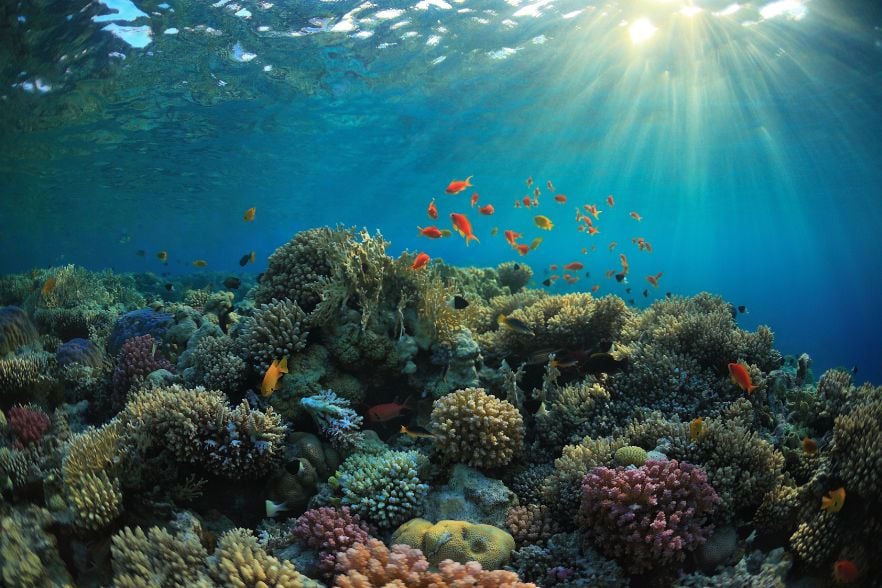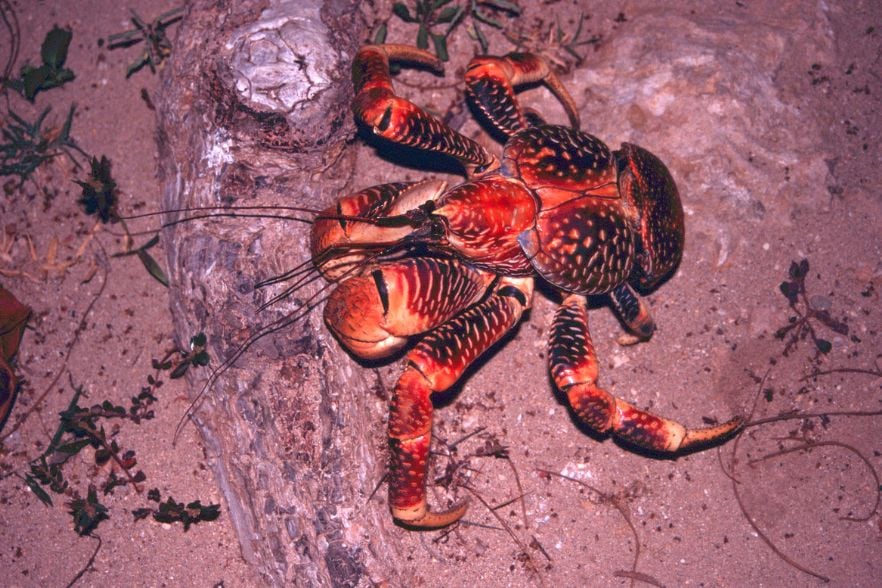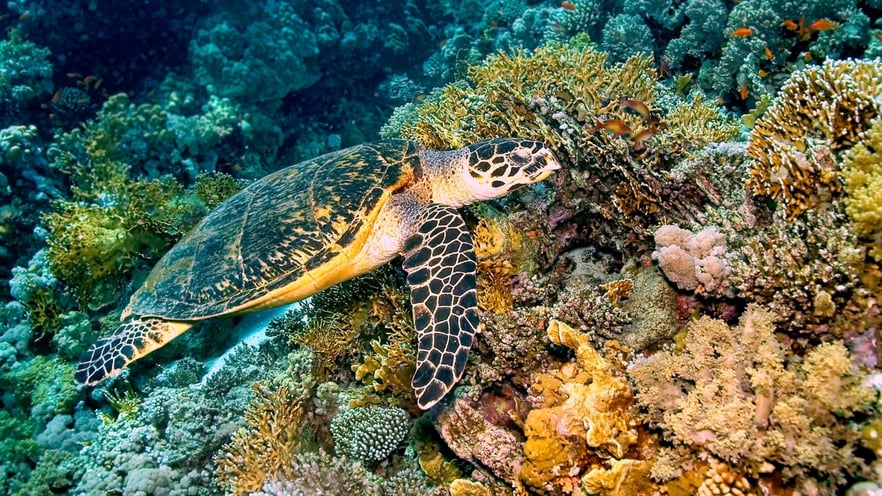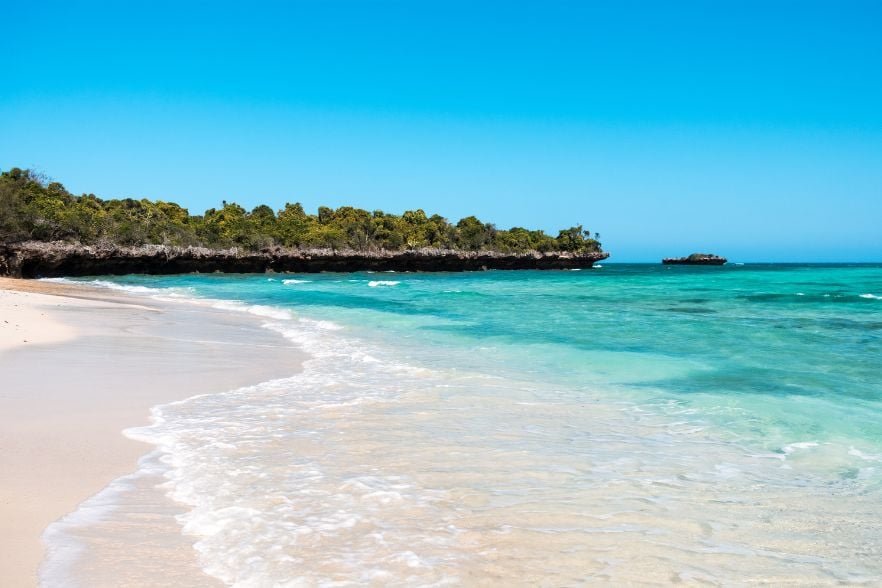Chumbe Island, a small island paradise off the coast of Zanzibar, Tanzania, is more than just a breathtaking tourist destination. It's a thriving example of successful marine conservation, demonstrating how responsible practices and ecotourism can create a win-win situation for both the environment and local communities.
Chumbe Island, a designated nature reserve boasting a fully protected coral reef sanctuary and forest reserve, acts as a critical haven for marine life. This pristine environment fosters a rich tapestry of marine biodiversity. Vibrant coral reefs, teeming with at least 59 hard coral genera and over 500 fish species, provide a haven for reproduction. This healthy population then spills over to replenish nearby overfished areas, supporting local fisheries and the coastal economy. In essence, Chumbe Island acts as a lifeblood for the surrounding marine ecosystem.

But Chumbe Island's conservation efforts go beyond simply protecting its ecosystems. The island operates as a non-profit organization, funded entirely by ecotourism. Visitors who visit the island contribute to the park's conservation and research programs. This sustainable model ensures the island's beauty is preserved for future generations while providing a unique and educational experience for visitors
Sustainability is ingrained in every aspect of Chumbe Island's operations. The island's caretakers, CHICOP, a non-profit organization, meticulously manage the park based on the latest scientific knowledge. This ensures that every decision regarding the island's delicate ecosystem is data-driven and has the most positive impact possible.

Some of the rare and endangered species that the sanctuary protects include:
- Coconut crabs, the world's largest land crabs, which climb coconut trees and crack open coconut shells are threatened by hunting.
- Aders' duikers, Africa’s smallest and most distinctive antelopes brought to the island in the early 2000s for their safety.
- Roseate terns, rare migratory seabirds, in summer, adults have a pinkish tinge to their underbelly (which gives them their name).
- Green turtles, the second largest marine turtle species. Their name comes from the colour of their fat, not their shell as commonly believed.

A classified Category II Park under the IUCN (World Conservation Union), Chumbe Island became a Global Ocean Refuge in 2018 and was awarded as a Blue Park by the Marine Conservation Institute in 2019. Chumbe Island's story serves as an inspiration for marine conservation efforts around the world. It demonstrates that protecting our oceans can go hand-in-hand with responsible tourism and a commitment to sustainable practices. By following Chumbe Island's model, we can ensure the health of our marine environments for generations to come.

Planning a Zanzibar trip? Combine luxury and conservation with a stay at Qambani Luxury Resort and a day trip to Chumbe Island, a pristine marine reserve. By choosing Qambani, you're contributing to a sustainable cycle. Tourism helps fund Chumbe Island's vital conservation efforts, ensuring the continued protection of this breathtaking island.
